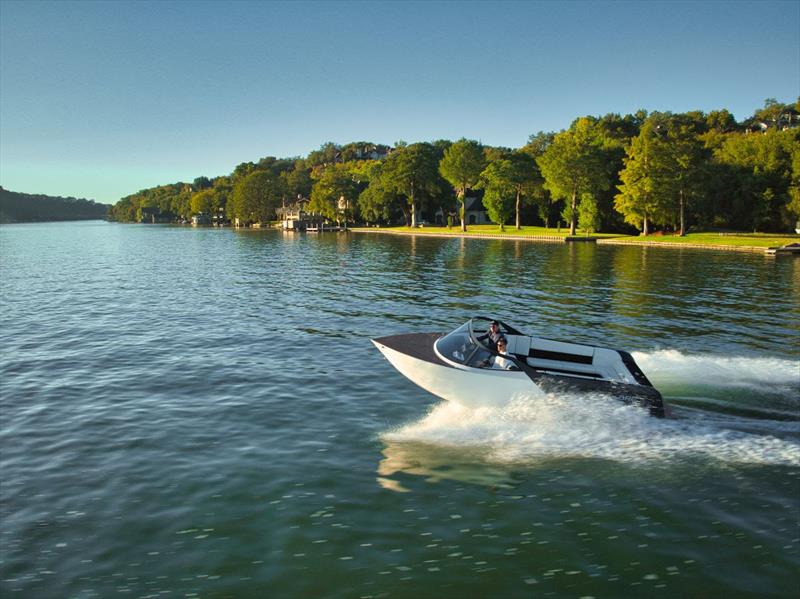
Water and electricity don't mix... right?
by Arc Boats 2 Feb 2023 15:34 PST

Electricity and water do mix © Arc Boats
Water and electricity don't mix... right? If seeing those two words in the same sentence makes you nervous, you're in good company. From a young age, we're taught to keep appliances away from water, get out of the ocean if there's lightning, and so on.
There's more to the story than this, though. Electrical systems have existed in water environments for ages thanks to safety standards and best practices designed to eliminate possible dangers. While the concern over electricity and water is valid — it's the source of questions we get all the time — we wouldn't be here if we weren't 100 percent confident that, not only can the two exist safely, but together they have the potential to transform the way humans experience the water for the better.
What makes electricity onboard boats safe?
Before we even get to electric boats, it's worth mentioning that gas boats also use electricity. When docked, they often connect to shore power (a 240V AC outlet) to run bilge pumps, refrigerators, stoves, and other accessories — commonly known as hotelling loads. Again, the marine industry has a boatload of regulations to ensure safety, and these apply to electric boats, too.
Electric boats use a lot more electricity, so it stands to reason that there are even more safety measures in place to keep batteries and wires protected from water. Again, there's precedent here. Cars, including EVs, are designed to drive in wet conditions. (See videos of Teslas charging through three feet of water.)
Batteries should never be under that much water on a boat (you'd be sinking) but we've designed for that scenario nonetheless. Like all boats, ours have drainage systems and pumps to send any excess water overboard.
Our battery packs are completely water-tight. We use leak detection sensors inside of the packs — something you don't typically see in electric cars — so that in the unlikely event that water is present, we'll know about it immediately and can issue an appropriate warning.
Outside of the battery, all of our electrical connectors are waterproof with at least an IP67 rating, which means they can function under 1m of water for 30 minutes. Our high-voltage connectors are IP69, the highest rating for the ability to withstand intrusion of solids and liquids. All of our boats also have insulation monitors, which detect water and other potential shorts in the electrical system and send alerts before they cause bigger issues.
Passing the safety test
Theory aside, the best way to ensure electrical safety on the water is to put every single component of a boat's system to the test. We've filled our boats with water, intentionally tried to short batteries many different ways, dropped unprotected batteries directly into the water, and collected tons of data every step of the way. Our fault table — a list of possible points of failure and what to do about each one — is hundreds of lines long, meaning we've thought about, tested, and planned for every scenario you might encounter on and off the water. And because we design and manufacture most parts of our boat in-house, we have more visibility and control over how we safely manage those scenarios.
We've done the heavy lifting when it comes to building safety features into our watercraft, so staying out of harm's way is as simple as using your boat normally. Our sensor suite and software take care of the rest.